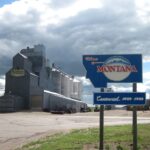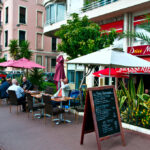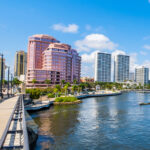The Dominican Republic is a vibrant and culturally diverse nation located in the heart of the Caribbean. Its people are known for their warm hospitality, lively music, and delicious cuisine. One of the most commonly celebrated holidays in this beautiful country is Semana Santa, or Holy Week. Semana Santa is a religious and cultural extravaganza that takes place in the week leading up to Easter Sunday. In this article, we will explore the significance of Semana Santa in the Dominican Republic, its customs, traditions, and how it brings communities together in a display of faith and culture.
The Significance of Semana Santa
Semana Santa, or Holy Week, is a significant religious observance in the Dominican Republic. The country is predominantly Catholic, and this week-long celebration is a time for devout Christians to reflect on the passion, death, and resurrection of Jesus Christ. It is a period of solemnity, prayer, and introspection, as well as a time to commemorate the events that led to the crucifixion and resurrection of Jesus.
The Religious Aspect
The Dominican Republic, like many other Latin American countries, observes Semana Santa with religious fervor.
Churches hold special services, processions, and reenactments of biblical events.
Catholics participate in the Stations of the Cross, reflecting on the suffering of Jesus.
The Good Friday procession is a solemn event, with participants carrying images of Christ and the Virgin Mary through the streets.
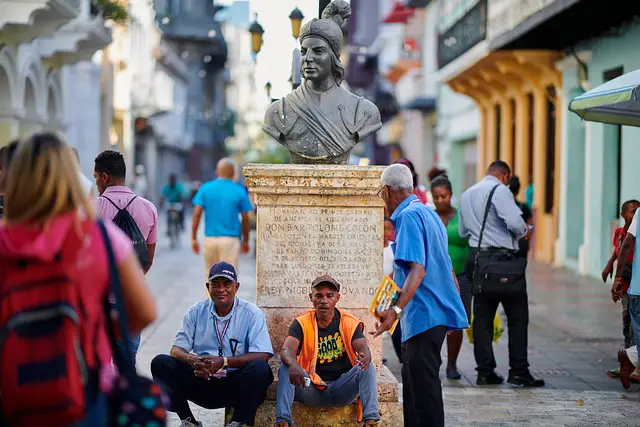
The Cultural Aspect
Semana Santa is not only a religious observance but also a cultural celebration.
It provides an opportunity for Dominicans to showcase their cultural heritage through music, dance, and art.
Traditional foods are prepared and shared with family and friends.
The combination of religious devotion and cultural expression makes Semana Santa a unique experience in the Dominican Republic.
Preparations for Semana Santa
The preparations for Semana Santa in the Dominican Republic begin well in advance. Families, communities, and churches all play a role in getting ready for this significant holiday.
Cleaning and Decorating
Homes and churches are cleaned and adorned with flowers, palm fronds, and colorful decorations.
Altars are prepared with religious icons and symbols.
Streets are often adorned with elaborate, colorful carpets made of flowers and sawdust for the processions.
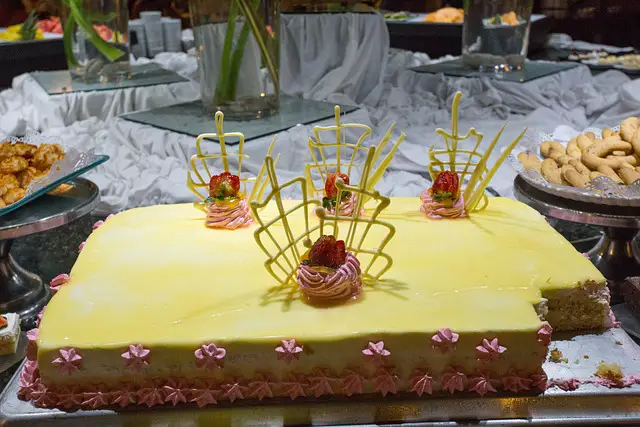
Traditional Foods
Special dishes are prepared for Semana Santa, such as habichuelas con dulce (sweet creamed beans) and bacalao (salted codfish).
Local markets are bustling with people buying ingredients for these traditional meals.
Families gather to cook and enjoy these dishes together.
Religious Preparations
Many Dominicans participate in Lent, a period of fasting and abstinence, leading up to Semana Santa.
Churches hold special religious classes and rehearsals for processions.
Penitential acts are observed, including attending confession and seeking forgiveness.
Semana Santa Traditions
Semana Santa is rich in traditions that have been passed down through generations. These customs play a significant role in the celebration and help connect Dominicans to their religious and cultural roots.
Palm Sunday
Semana Santa kicks off with Palm Sunday, where palm fronds are blessed and distributed in churches.
The palm fronds are often woven into intricate designs and displayed in homes.
Many Dominicans attend church services on Palm Sunday to commemorate Jesus’s triumphant entry into Jerusalem.
Processions
One of the most iconic traditions of Semana Santa is the procession.
Processions take place in cities and towns across the country, with participants carrying religious statues, crosses, and banners.
The processions reenact key moments from the Passion of Christ, drawing large crowds of spectators.
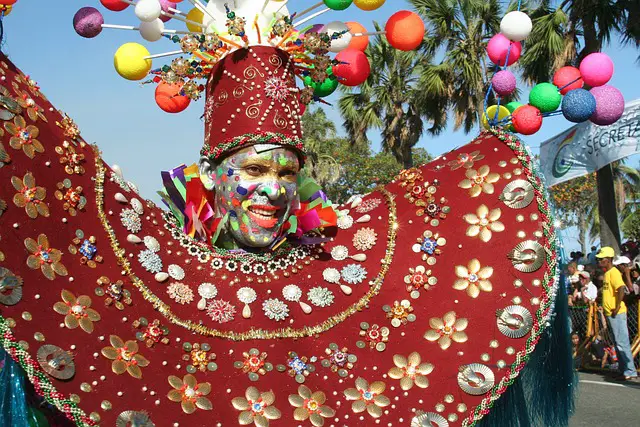
Music and Dance
Music is an integral part of Semana Santa, with traditional Dominican rhythms filling the streets.
Merengue and bachata are commonly heard during the festivities.
In some communities, traditional dance troupes perform, adding a vibrant and joyful element to the celebration.
Easter Sunday
Semana Santa culminates on Easter Sunday with joyous celebrations.
Many Dominicans attend sunrise Mass to celebrate the resurrection of Jesus.
Families come together to enjoy special meals and exchange gifts.
Regional Variations
While Semana Santa is celebrated throughout the Dominican Republic, there are regional variations that add to the uniqueness of the holiday.
Santo Domingo
The capital city of Santo Domingo hosts some of the most elaborate processions and religious ceremonies.
The historic Colonial Zone is a focal point for Semana Santa activities, with its picturesque streets and centuries-old churches.
La Vega
The city of La Vega is renowned for its colorful and creative carpets made from flowers and sawdust.
The carpets line the streets, creating intricate and beautiful designs for the processions to pass over.
Santiago
Santiago de los Caballeros is known for its lively celebrations, including parades, music, and dance.
The city’s Carnival-like atmosphere during Semana Santa is a unique aspect of its celebrations.
The Social Aspect of Semana Santa
Semana Santa is not only a religious and cultural celebration but also a time for social bonding and community spirit.
Family Reunions
Many Dominicans take time off work and travel to their hometowns to be with their families during Semana Santa.
Family reunions, gatherings, and feasts are an integral part of the holiday.
Community Involvement
Semana Santa processions are often organized by local communities, fostering a sense of unity and cooperation.
Residents come together to create the elaborate floats and decorations used in the processions.
Tourism
Semana Santa attracts tourists from around the world who come to experience the unique traditions and cultural richness of the Dominican Republic.
The influx of tourists contributes to the local economy and provides opportunities for cultural exchange.
Semana Santa is a commonly celebrated holiday in the Dominican Republic that beautifully combines religious devotion and cultural expression. It is a time when communities come together to reflect on their faith, showcase their traditions, and strengthen social bonds. The customs and traditions associated with Semana Santa vary from region to region, adding depth and diversity to this vibrant celebration. As a result, Semana Santa is not only a religious observance but also a cultural treasure that reflects the rich heritage of the Dominican Republic.
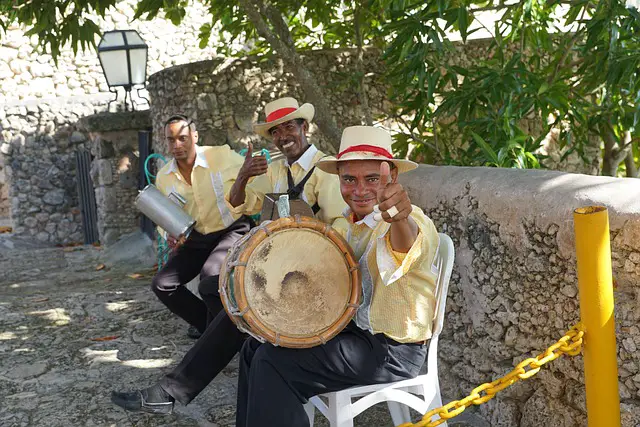
Challenges and Modernization
While Semana Santa remains deeply rooted in tradition, modernization and changing lifestyles have also impacted the way it is celebrated in the Dominican Republic.
Commercialization
With the rise of tourism and commercialization, some aspects of Semana Santa have become more commercialized.
Businesses may use the holiday as an opportunity to promote sales and discounts, and tourist areas may offer special packages for visitors.
Technology and Social Media
The advent of smartphones and social media has changed the way people document and share their Semana Santa experiences.
Many Dominicans and tourists alike use social media platforms to share photos and videos of the processions and festivities, allowing the world to get a glimpse of this unique celebration.
Urbanization
In urban areas, the crowded streets during Semana Santa processions can pose logistical challenges and safety concerns.
Local authorities and organizers work to ensure that these events are well-managed and safe for participants and spectators.
Preserving Tradition
Despite these challenges, many Dominicans and communities are committed to preserving the traditional aspects of Semana Santa.
Efforts are made to pass down the customs and rituals to younger generations, ensuring that the cultural and religious significance remains intact.
A Celebration of Faith and Culture
Semana Santa in the Dominican Republic is a powerful blend of faith, tradition, and culture. It represents a unique opportunity for Dominicans to express their religious devotion and showcase their rich heritage to the world. While modernization and commercialization have brought changes to the way the holiday is observed, the core values of unity, family, and community remain at its heart.
As the Dominican Republic continues to evolve and grow, Semana Santa serves as a reminder of the nation’s deep-seated traditions and the resilience of its people. It is a time when Dominicans come together to celebrate their faith, their culture, and their shared identity. Semana Santa is not just a commonly celebrated holiday; it is a testament to the enduring spirit of the Dominican Republic.

